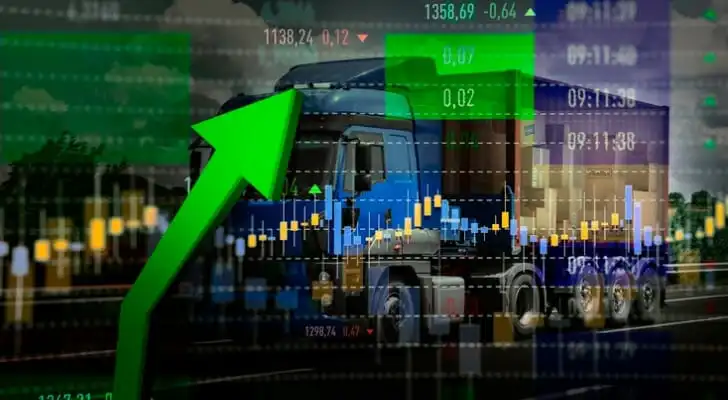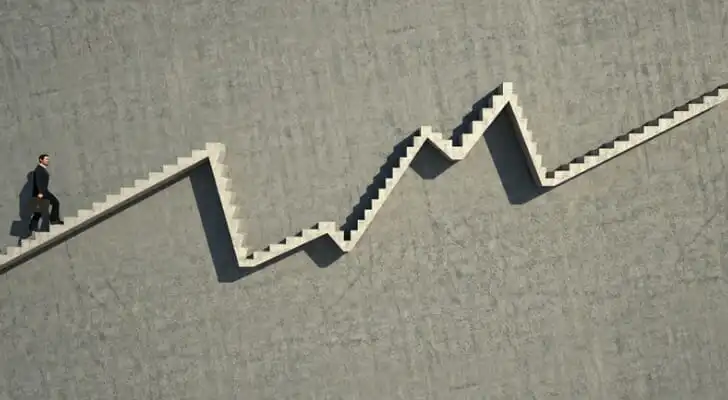The definition of inflation is an increase in prices and a subsequent decrease in the purchasing power of money. But demand-pull inflation is slightly more complex, as it occurs when prices go up because the demand is much higher than supply. So if the demand for a product outpaces its market supply, sellers will raise their prices due to rarity. This and other types of inflation could ultimately affect your savings and investments. However, working with a financial advisor can help ensure you take inflation into account in your long-term financial plan. Let’s break down how demand-pull inflation could affect your finances.
Understanding Demand-Pull Inflation
In the most basic sense, demand-pull inflation happens when too many consumers are attempting to purchase too few goods. Whereas inflation is usually triggered by a supply shortage, which then causes prices to jump, demand-pull inflation is instead driven by an increase in aggregate demand first. Only following this will prices then go up because the growing demand is outpacing the product’s supply. Demand-pull inflation is often considered the most common type of inflation.
Sometimes demand-pull inflation can result from increases in government spending. For example, if the government puts money into a system where resources are limited, demand-pull inflation could follow.
In fact, many concerns about demand-pull inflation stemmed from the recent rounds of stimulus checks. Critics thought that it could create a situation where too much money would end up chasing too few goods. And similarly, demand-pull inflation is often referenced in relation to low unemployment rates because as more people work, there is more disposable income in the financial system.
The following are considered some of the main reasons for demand-pull inflation:
- Expectations of inflation in the future
- A strengthening financial system that results in more spending
- Asset inflation stemming from an undervalued currency
- Technological innovations
- Increases in government spending
- Increased printing of money
Real World Examples of Demand-Pull Inflation
One of the best examples of how demand-pull inflation ties directly to an increase in aggregate demand comes from the 2008 financial crisis and subprime mortgages. As mortgage-backed securities gained popularity in the years leading up the crisis, demand for these securities also increased. Consequently, home prices increased too, which can be directly attributed to demand-pull inflation. This caused years of chaos in the U.S. mortgage economy.
A more microeconomic example of this type of inflation is visible in mainstream products from companies like Apple. Through extremely effective marketing campaigns and high-quality products that are difficult to replicate, Apple created intense brand loyalty with their products. And the high demand for top-of-the-line Apple phones, tablets, computers and accessories has allowed the company to continue charging an above-the-market rate for its devices.
Comparing Demand-Pull Inflation to Other Types of Inflation
The causes of demand-pull inflation is one of four main ways inflation can occur, with one of the others being cost-push inflation. The two other causes of inflation are an increase in the money supply and an overall decrease in demand for money, which are less common.
While demand-pull inflation stems from an overall increase in aggregate demand, cost-push inflation occurs when there is a decrease in aggregate supply stemming from an increase in production costs. For example, if manufacturing tires suddenly becomes twice as expensive, the prices of those tires will also increase, causing inflation. This could even affect the car market, as car manufacturers will need to pay more to complete their vehicles.
When comparing demand-pull inflation with increases in the money supply and a decrease in demand for money, these other types are usually triggered by changes in aggregate demand. And as we cover above, because cost-push inflation is driven by aggregate supply, changes in money supply and demand are closer to demand-pull inflation because they are all triggered by changes in aggregate demand.
Bottom Line
Demand-pull inflation is one of several different types of inflation. However, what makes it stand out is the fact that it’s brought on first by an increase in aggregate demand. This then affects aggregate supply and causes prices to raise.
There are a handful of reasons why demand-pull inflation might happen, from an increase in the money supply to cutting edge branding and technology on a micro sale. You should keep this economic concept in mind when thinking about the effects on the overall economy, as well as your savings and investments.
Investing Tips
- Inflation, among other things, can have an effect on your investment portfolio over many years. A financial advisor can help you manage your portfolio and optimize your financial plan. SmartAsset’s free tool matches you with up to three financial advisors in your area, and you can interview your advisor matches at no cost to decide which one is right for you. If you’re ready to find an advisor who can help you achieve your financial goals, get started now.
- Regardless of how long you’ve been investing, it pays to be prepared and educated. SmartAsset has you covered with a variety of free online resources designed to help you get your finances under control. For example, check out our asset allocation calculator to figure out how your portfolio should be built.
Photo credit: ©iStock.com/sefa ozel, ©iStock.com/photoMacgyver, ©iStock.com/Alexyz3d


